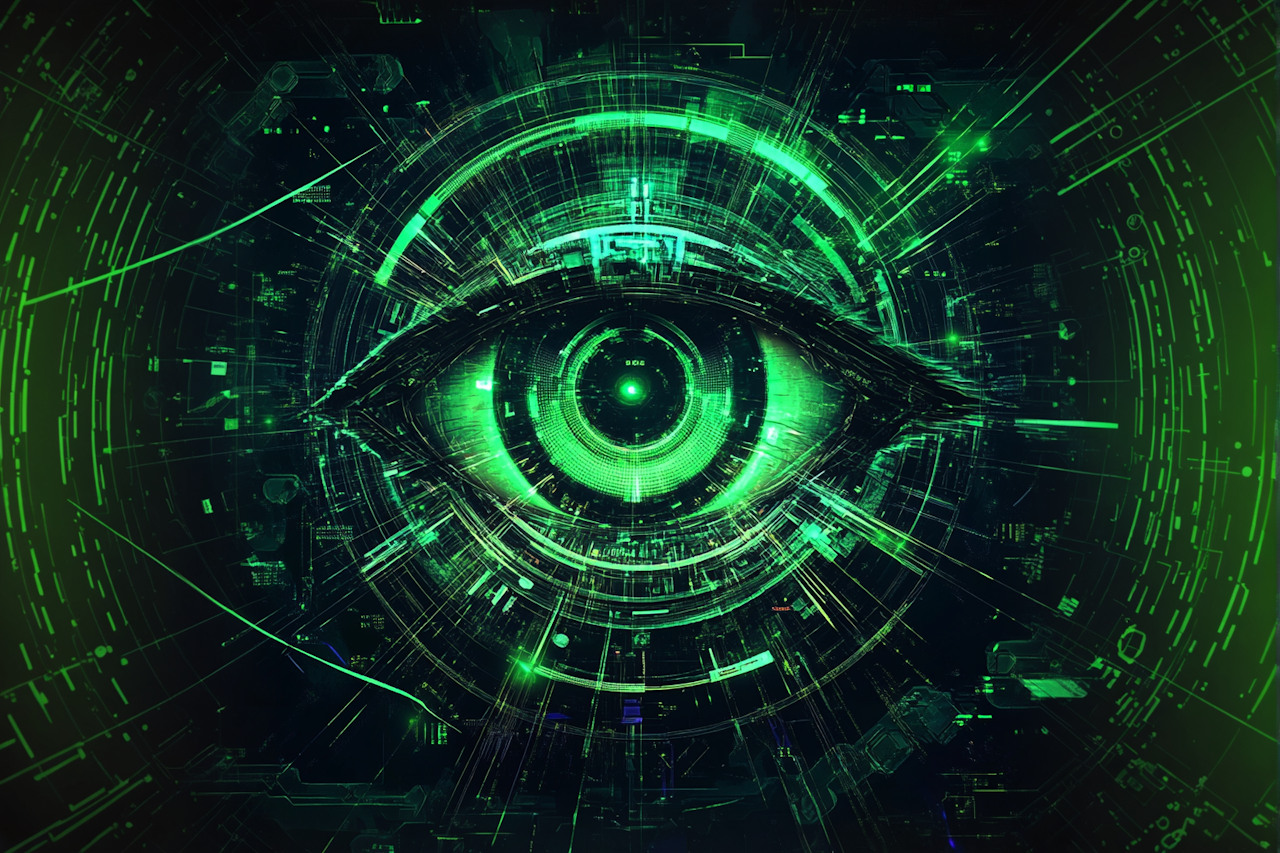In your mind’s eye, imagine a world where robots possess vision that surpasses human capabilities, not by enhancing their optical sensors, but through the power of radio signals. This is no longer a concept confined to the realm of science fiction. Recent strides in robotic vision, spearheaded by innovative technologies like PanoRadar, are set to revolutionise how machines perceive their surroundings. This development holds significant implications across various industries, from manufacturing to healthcare, offering new levels of efficiency and safety.
Latest Innovations in Robotic Vision
At the forefront of this technological leap is PanoRadar, a groundbreaking system developed by Mingmin Zhao and his team at the University of Pennsylvania. PanoRadar transforms radio waves into intricate 3D images, providing robots with a form of vision that is both detailed and adaptable to challenging environments (source). This technology leverages radio frequency to achieve a resolution akin to LiDAR, yet with the added benefit of resilience in adverse conditions where traditional optical systems might fail.
The innovation doesn’t stop there. Researchers at the Massachusetts Institute of Technology have developed robots that can integrate vision with radio frequency sensing to detect objects that are otherwise hidden from view (source). This capability is particularly beneficial in scenarios where obstacles obscure direct sight, offering significant advantages in logistics and disaster response operations. The trend of incorporating artificial intelligence into robotic systems is further highlighted by the International Federation of Robotics, which showcases how AI is pivotal in advancing robotic functionalities (source).
Pioneers and Collaborators in the Field
The advancement of robotic vision using radio signals is a collective effort involving numerous researchers and institutions. Key figures like Mingmin Zhao are instrumental in driving these innovations forward. Academic collaboration and industry partnerships are crucial, as they combine theoretical research with practical applications. These alliances are fostering a new wave of robotic capabilities, pushing the boundaries of what robots can achieve.
Transformative Applications and Their Impact
The potential applications of robots with superhuman vision are vast. In manufacturing, robots equipped with radio signal vision can navigate complex production lines more efficiently, reducing downtime and enhancing productivity. In healthcare, such technology could enable robots to perform intricate surgeries with unprecedented precision, potentially transforming patient outcomes. Moreover, the automobile industry is poised to benefit significantly, as autonomous vehicles with enhanced vision systems could navigate safely through complex traffic scenarios (source).
However, with these advancements come considerations of safety, efficiency, and productivity. The deployment of such technologies could lead to a reimagining of workforce roles and an increase in demand for skilled workers to manage and maintain these systems.
Navigating Challenges and Ethical Considerations
The integration of radio signal-based vision in robots is not without its challenges. Technical hurdles, such as ensuring seamless integration with existing systems and managing data complexity, are significant. Ethical concerns also arise, particularly around privacy and data security. The potential for misuse of such powerful vision systems necessitates stringent regulations and ethical guidelines to safeguard against privacy infringements and ensure the technology is used responsibly.
The Road Ahead: Embracing a New Vision
We stand on the cusp of a new era in robotics, and the potential benefits of equipping robots with superhuman vision through radio signals are clear. Yet, the journey is fraught with challenges that require careful navigation. Ongoing research and development will be crucial in overcoming these obstacles, paving the way for future innovations that could redefine our interaction with machines. The future of robotic vision is not just about seeing the world; it’s about understanding it in ways we never thought possible. As we continue to explore this frontier, the possibilities are as limitless as the imagination.
In Other News…
Robot Surgeon Reaches Human-Level Precision After Watching Surgery Videos
A robot trained by observing surgical videos has achieved performance comparable to human surgeons, according to recent research. This breakthrough highlights how AI might soon assist or even perform intricate surgeries, with implications for both medical training and patient care.
Read More
AI-Powered Video System Detects Neurologic Changes in NICU Newborns
New AI technology can now monitor and detect critical neurologic changes in babies in neonatal intensive care units (NICU) using only video data. This development promises to enhance real-time monitoring capabilities for the most vulnerable patients, potentially improving early diagnosis and outcomes.
Read More
Slack Report Highlights Potential Plateau in AI Workplace Adoption
A recent Slack report raises questions about whether AI adoption in the workplace may be reaching a plateau. Findings reveal varied levels of enthusiasm and effectiveness, with some sectors experiencing significant productivity gains while others grapple with integration challenges.
Read More


